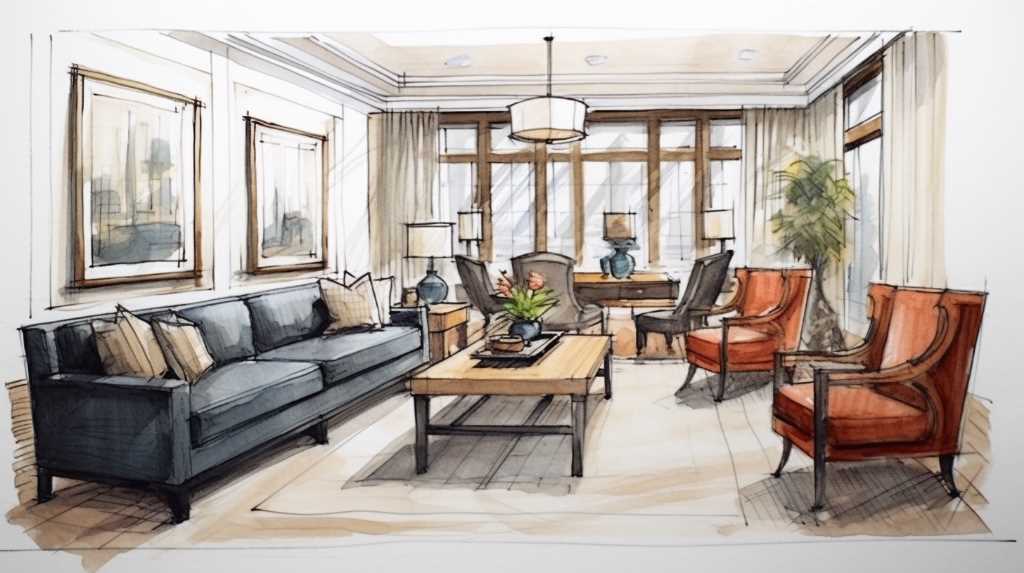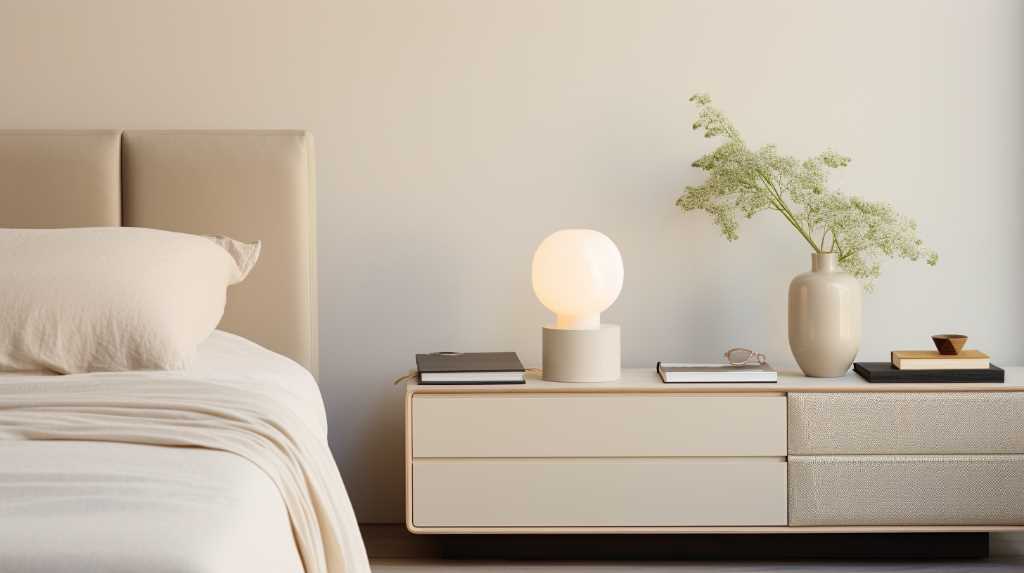In the realm of bespoke furniture, collaborative design has emerged as a transformative force, redefining the relationship between artisan and client. This approach integrates the client’s vision and the designer’s expertise from the inception of the concept to the realization of the final piece.
Advances in technology have been pivotal in facilitating this symbiosis, allowing for seamless communication, virtual visualization, and precise execution of designs. The result is a highly personalized design process that not only accommodates but celebrates individual preferences, ensuring that each furniture piece is as unique as its owner’s fingerprint.
By embracing collaborative design, the bespoke furniture industry is not only enhancing customer involvement but is also championing customization and sustainability, leading to a new era of personalized craftsmanship.
The Rise of Co-Design
Amidst shifting consumer preferences, the rise of co-design marks a significant evolution in the bespoke furniture industry, fostering unprecedented collaboration between designers and clients. This paradigm shift is emblematic of a broader movement towards design democratization, where the erstwhile exclusive domain of professional designers is now a fertile ground for creative empowerment. Clients, armed with their unique insights and personal tastes, are no longer passive recipients but active participants in the design process, thereby enriching the final product with their individual narrative.
The co-design approach is a testament to the industry’s adaptability, recognizing that the infusion of diverse perspectives can lead to innovative solutions and a more personalized end product. It’s a harmonious blend of professional expertise and personal vision, resulting in furniture that resonates on a deeper level with its owners. Moreover, this collaborative model underscores an ethos of inclusivity, shattering barriers to entry for those who wish to express their creativity but lack formal design training.
In essence, the rise of co-design in bespoke furniture not only responds to consumer desires for more tailored experiences but also redefines the creator-consumer relationship, elevating it to a partnership of equals where each voice is valued.
Technology’s Role in Collaboration
Building on the momentum of co-design, advanced technology has become a cornerstone in facilitating seamless collaboration between designers and clients in the bespoke furniture industry. Digital Prototyping, a standout innovation, has redefined the boundaries of imagination and realization. It empowers designers to forge comprehensive models that are not only visually rich but also interactive, allowing for a meticulous examination of materials, textures, and ergonomics. This virtual craftsmanship ensures that every nuance is addressed, and the collaborative input becomes a tangible reality before a single piece of material is cut.
Moreover, Virtual Showrooms have transcended the physical limitations of geography, offering a sophisticated platform for clients to engage with their prospective possessions in a curated digital environment. This immersive experience is paramount in bespoke furniture design, where the essence of personalization is at the heart of every creation. Through such virtual spaces, clients can visualize their bespoke pieces within a variety of contextual settings, providing a clarity that traditional sketches cannot match.

Enhancing Customer Involvement
Collaborative design in bespoke furniture fundamentally amplifies customer engagement by inviting clients to be co-creators in the design process. This paradigm shift towards heightened involvement not only caters to the desire for personalized experiences but also hands the reins of creative control to the customer.
It’s an innovative approach that transforms passive buyers into active participants, fostering a deep connection between the consumer and the final piece of furniture.
By engaging in this collaborative journey, customers gain insight into the craftsmanship that goes into bespoke creations, appreciating the nuanced artistry and technical expertise required to bring their vision to life. Designers, on their part, become interpreters of clients’ aspirations, translating abstract ideas into tangible realities.
This symbiotic relationship ensures that the outcome is not just a piece of furniture but a reflection of the customer’s personal narrative and aesthetic preferences.
This evolution from traditional consumption to interactive creation marks a new era in the realm of bespoke furniture. It is a movement that celebrates individuality and gives rise to truly unique environments, where every piece tells a story of collaboration, innovation, and the human touch.
Streamlining the Design Process
One of the key advancements in collaborative design is the ability to streamline the bespoke furniture design process, enhancing efficiency and reducing the time from concept to completion. This evolution is a byproduct of design democratization, a concept that empowers more voices to be heard in the creative journey. By leveraging digital platforms and tools that facilitate real-time revisions, designers and clients can interactively mold and refine their vision with unparalleled agility.
The incorporation of sophisticated software into the design process has transformed traditional methodologies. These advancements allow for immediate adjustments to be visualized, circumventing the once cumbersome and time-intensive iterations that previously characterized bespoke furniture design. Clients can now witness their input manifest into tangible changes instantaneously, fostering a collaborative environment where ideas flourish.
Further underscoring this paradigm shift is the dissolution of barriers to entry for both designers and consumers. Design democratization has effectively expanded the talent pool, welcoming a diversity of perspectives that enrich the creative process. The result is a more inclusive, dynamic, and ultimately more satisfying design experience. Real-time revisions serve as the lynchpin of this new approach, ensuring that the final product is not only of high quality but also a true reflection of the collaborative spirit.

Sustainability and Customization
In the realm of bespoke furniture, collaborative design is increasingly prioritizing sustainability alongside the drive for personalization. This evolution reflects a nuanced understanding that the luxury of customization can harmoniously coexist with environmental stewardship. Designers and clients are jointly exploring avenues where the uniqueness of a piece does not come at the expense of the planet.
Enlightened material sourcing is a cornerstone of this sustainable ethos. It involves selecting woods from responsibly managed forests, reclaimed materials that tell a story, or innovative composites that reduce waste. The provenance of materials is meticulously documented, ensuring that every slab of timber or bolt of fabric contributes positively to the piece’s ecological narrative.
Complementing this, the use of eco-friendly finishes has become a standard bearer for the industry’s commitment to the environment. These finishes, devoid of volatile organic compounds (VOCs), safeguard indoor air quality while accentuating the natural beauty of the materials. They represent a thoughtful choice, marrying the desire for aesthetic appeal with the imperative for health and sustainability.
The marriage of sustainability and customization in bespoke furniture signifies a profound shift. It fosters a design culture where the crafted object not only fits the space for which it is intended but also aligns with the values of a conscientious clientele.

